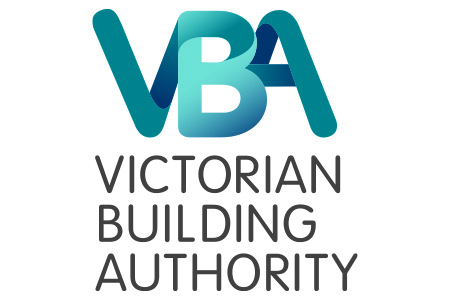Research report into fire safety of Building Integrated Photovoltaics

RMIT’s research report is now available to view on the VBA website.
BIPV is an emerging technology that integrates photovoltaics (PV) into building elements, such as external wall cladding and roofs, to harvest solar energy, with the potential to meet the future energy needs of buildings. Demand for BIPV’s adoption will likely increase due to a greater need for alternative energy sources.
Fire safety is of vital concern in the use of BIPV on buildings. It is essential that BIPV use on building facades and roofs to replace conventional building materials does not adversely impact the safety of building occupants and firefighters, or the structural performance of buildings.
The research identifies fire safety hazards of BIPV in terms of:
- Ignition – originating from the PV panel itself due to radiant heat or a variety of electrical faults
- Propagation – as the PV panels are integrated into the building, they may contribute to spread of fire vertically, laterally or between buildings, and
- Hazards to fire rescue operation, including:
- Electrical shock because the electrical operation of a BIPV system cannot be completely deactivated in the event of a fire, even by disconnecting it from the building’s electrical circuit.
- Toxic gas emissions, from building or melting PV panels, and
- Falling debris, from burning or melting PV panels.
The research analysed the current regulatory and industry standards for different aspects of BIPV, including international comparisons.
The research identifies opportunities for further research to reduce hazards relating to BIPV product innovation, development of test configurations to measure and mitigate the risks posed, and investigation of the impact of the risk of electrical shock, toxic gas emissions, and falling debris on evacuation and firefighting strategies.
The research assists in improving understanding of BIPV and identifies gaps in current knowledge and regulatory requirements.
The VBA will share the research with relevant government agencies and with industry to inform their considerations for buildings with BIPV.
Additionally, the VBA will increase awareness of the fire safety risks of BIPV among practitioners via a technical update. This will support more considered design where utilising performance-based solutions under the National Construction Code.
This research supports the VBA to achieve a technologically advanced and innovative industry and a safe built environment. It complements other projects undertaken, including with the Building 4.0 Cooperative Research Centre and Fire safety of rendered EPS on Class 2 to 9 buildings of Type A or Type B construction.
To learn more about the VBA’s Research initiatives, visit the Research webpage.
